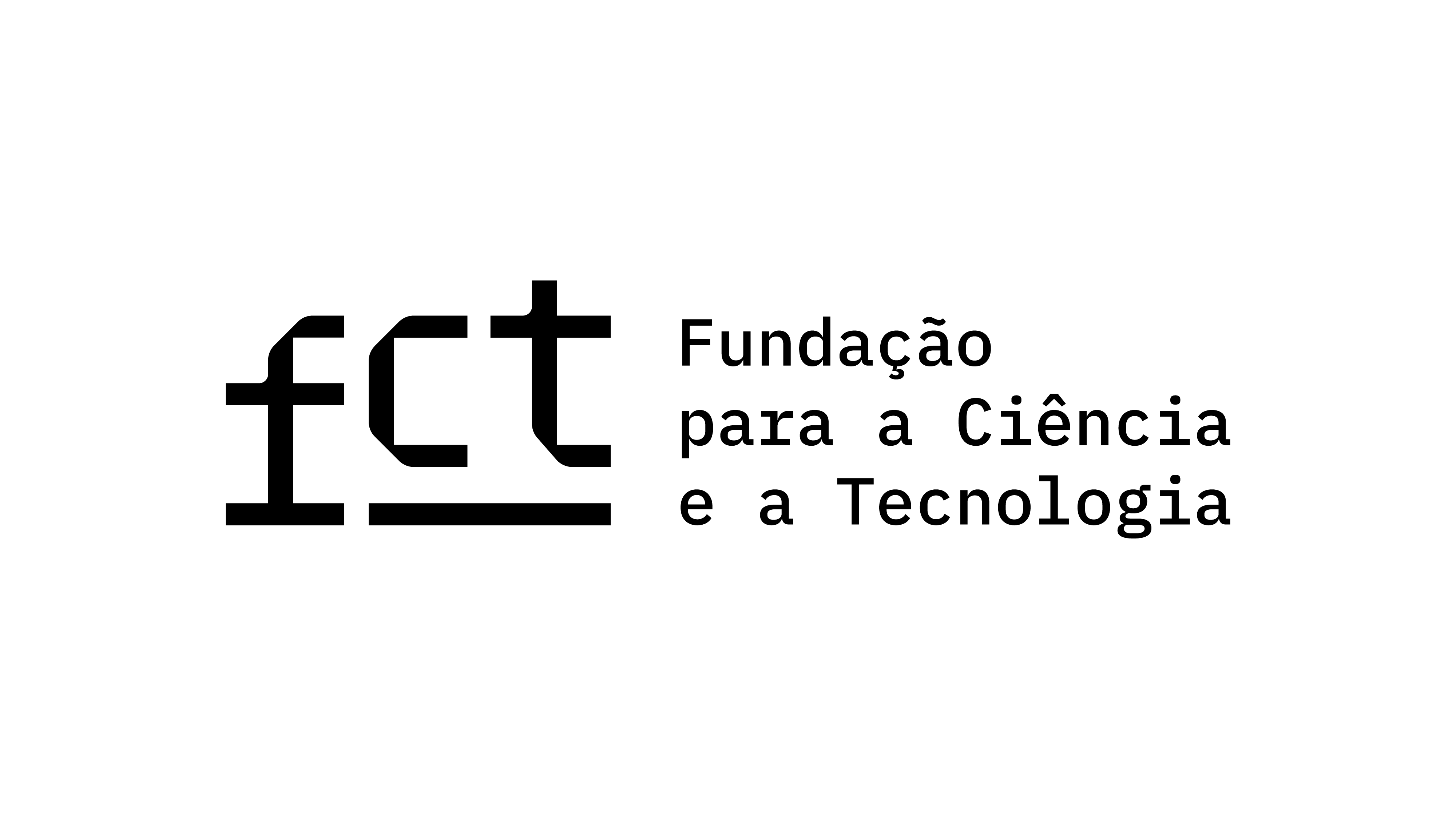The Unknown Masterpiece
Ekphrasis and Palimpsest
DOI:
https://doi.org/10.51427/com.jcs.2022.0005Keywords:
ekphrasis, model, writing, woman, palimpsestAbstract
This paper explores how literary descriptions of visual artworks affect the narrative and descriptive fabric of a text. The novel we will examine operates on three textual levels: the painter's creative struggles, his romantic relationships with his model and/or the painted women of his canvas, and his aesthetic claims to revolutionize painting. Our project argues that ekphrasis is a mode of translation that takes two forms: the traditional, “contained” description
of a visual work of art; and a mode of writing that permeates the entire text and emulates the characteristics of the work. Balzac's The Unkonwn Masterpiece successfully adopts the ekphrastic mode of writing, transforming the narrative into a canvas where the boundaries between media are blurred. At the heart of this realist text, the fundamental adherence to the mimetic principle of art is confronted with the non-figurative experiences of their fictional painters. The female body, as the embodiment of art and the manifestation of the artist's desire, becomes the symptom of the artist's incursion into abstract painting and his will to appropriate art and the site of resistance to ekphrasis. We will focus on the way Balzac combines Rembrandt's techniques - particularly his use of light - in the composition of his own descriptions. We will then follow the ekphrasis of the fictional master Frenhofer on his canvas and the interpretive lessons he gives throughout the text in order to analyse his final painting. By focusing on what lies beneath the surface of a canvas rather than what is visible, Frenhofer illustrates his vision of painting as palimpsest.
Downloads
Downloads
Published
How to Cite
Issue
Section
License
Copyright (c) 2022 Ana Fernandes

This work is licensed under a Creative Commons Attribution 4.0 International License.
Compendium embraces online publishing and open access to all issues. Authors retain copyright and grant the journal right of first publication with the work simultaneously licensed under a Creative Commons Attribution 4.0 International (CC BY 4.0), that allows others to share the work with an acknowledgement of the work's authorship and initial publication in this journal.











